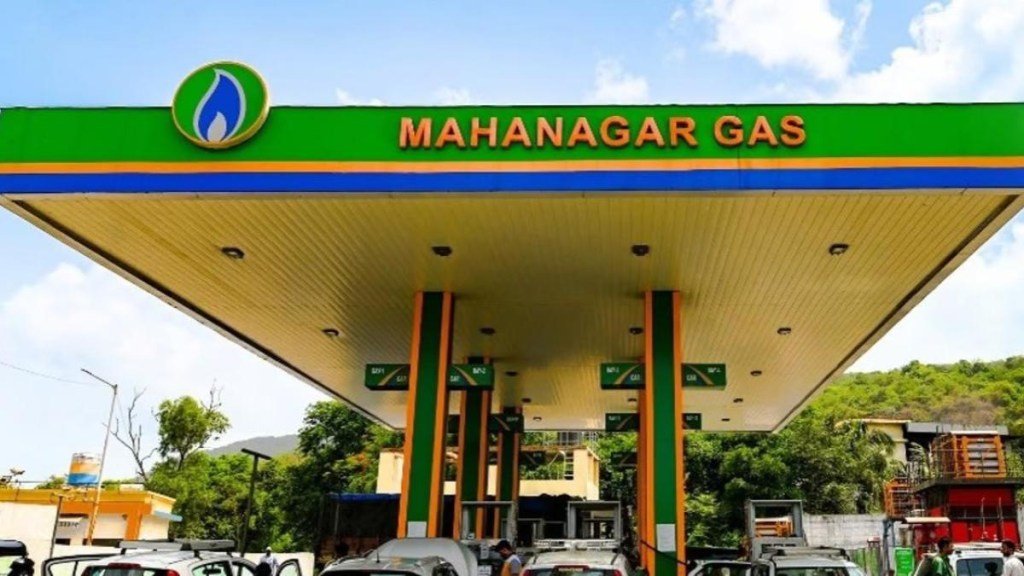Mahanagar Gas (MGL) expects its earnings before interest, taxes, depreciation, and amortisation (Ebitda) per standard cubic metre (scm) to decline marginally to Rs 10-12 in the current fiscal from Rs 13.5 in FY24 due to higher cost of gas, managing director Ashu Shinghal told Arunima Bharadwaj in an interview. However, the company’s PNG and CNG volumes are estimated to grow at robust rates of 6% and 7%, respectively, on year. MGL is also looking for opportunities to diversify its business in the electric vehicle segment and retail LNG. Excerpts:
What kind of profitability do you expect in FY25?
Last year, we had a Rs 13.5 Ebidta per scm. This year, we expect it to be in the range of Rs 10-Rs 12.
How do you see the growth in volumes in the CNG and PNG segments?
In the main segment of PNG, we are adding around 3,3000 connections every year. So, that is a steady segment, and may be 5-6% growth will be achieved. In the CNG segment, we are adding around 60 stations in Mahanagar gas and around 30 stations in our subsidiary Unison Enviro. So, more OEM (original equipment manufacturers) models and infrastructure are being built. We have also launched certain schemes, so CNG volumes can be slightly better than PNG, with around 7% or 7.5% growth.
Please elaborate on the company’s diversification strategy…
We have signed an MoU with Brihanmumbai Municipal Corporation for a compressed biogas plant and it will take another one-and-a-half years to get commissioned. We are in the process of finalising the land acquisition through the lease process. We have taken some equity in electric vehicles (EVs) manufacturer 3EV, and want to see how the sector behaves. We have opened a joint venture company with Baidyanath LNG for setting up retail LNG outlets for filling of energy heavy truck vehicles. We expect that it will put up around five stations this year, and going forward, we will take a call (on further investments) on the basis of potential in terms of customer base and profitability.
What are the other JV initiatives?
We have a joint venture with majority 74% equity for a compressed biogas unit (Unison Enviro). We want to get more comfortable with the execution of the project. We will first see that the projects which we have in hand are executed, and then we may also explore other projects.
What is the company’s capex target for FY25? How do you plan to fund it?
We are targeting Rs 800-crore investments for MGL and some Rs 200 crore in Unison Enviro. Mostly, the investments are in the PNG and CNG segments as well as pipeline and operation and maintenance. Last year, we had incurred a capex of around Rs 870 crore (Rs 760 crore for MGL and Rs 100 crore for UEPL).
The capex pace will continue for a few years. And funding of the capex will be through internal generation only. We have counted our balance sheet to fund through internal generation as of now.
MGL recently hiked gas prices citing higher cost of imported gas. How do you see this impacting the bottomline?
The administered pricing mechanism (APM) allocation has come down, therefore we were constrained to increase our prices. The LNG prices have also gone up. And we have raised our CNG prices by Rs 1.5, which is still the cheapest in the country. So, despite selling the cheapest CNG, our margins are in a comfortable range. That gives us some legroom to see how the market behaves, the volumes grow, and evaluate the pace of vehicles getting converted.
If APM goes further down, our procurement cost will increase. But it also has to be seen how the HPHT (high pressure high temperature) gas is priced or how the LNG is getting priced. We will make an overall portfolio of procurement of gas, and then see how much of the price rise we can absorb, or pass on. If LNG prices go down, there can be a reduction of CNG prices too. That said, this is the first price rise in the last one-and-a-half year or so. We will wait and watch how LNG prices unfold and take a call.
What is your current mix of gas procurement?
We have a mix of Henry Hub, LNG, HPHT gasses in our portfolio to see that the vagaries of the market do not impact our portfolio to a great extent. And we have consciously taken a call to keep a minimum dependence on spot gas, because spot gas keeps on fluctuating a great deal whereas Henry Hub is better in terms of stability. If we talk about the PNG and CNG segments, around 65% of gas is coming from APM, other is being met through HPHT and other places. So, APM, followed by 15-20% HPHT and 15-20%, is met through LNG imports.

